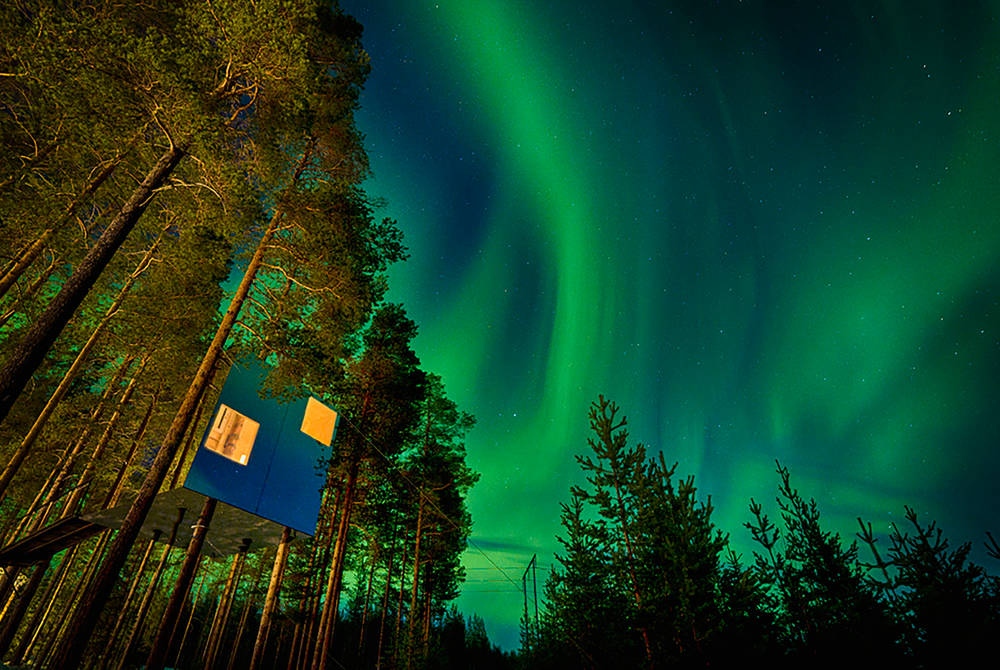Throughout Friday night and into the early hours of Saturday morning (10-11 May), the Northern Lights produced one of the most intense displays of the century across the UK and Europe. For several hours, the night sky was illuminated by awe-inspiring rays of green, violet, pink and crimson, allowing observers to witness a natural phenomenon usually restricted to far more northerly latitudes. Although the human eye can’t detect the full range of colours as well as modern cameras, it was nonetheless a spectacular sight to behold for those fortunate enough to be in the right place at the right time. If you missed out, though – or if you’re wondering where and when to see them next – fear not. Here’s why your next opportunity might be just around the corner…
Why were the Northern Lights visible so far south?

The Northern Lights over Brighton, UK, on Friday 10 May 2024
This particular Northern Lights display was the result of multiple CMEs (coronal mass ejections) and solar flares producing an extreme, G5-level geomagnetic storm – the first time this has happened since 2003. The Northern Lights are caused by electrically charged particles from the sun reacting with gases in the Earth’s atmosphere at high speed, and so with such high levels of solar activity, this led to an exceptionally rare, turbo-charged event.
Normally, the Northern Lights are only active at latitudes of around 60-75°N. This is known as the auroral oval, and typically encompasses areas such as northern Scandinavia, Iceland, Greenland, northern Canada and Alaska. On this occasion, however, the G5 geomagnetic storm meant the auroral oval expanded much further south than usual.
It’s not uncommon for the Northern Lights to be seen in the far north of Scotland, but usually they would appear as a pale arc or subtle pillars on the northern horizon. During this display, the Northern Lights were clearly visible overhead in the UK and produced a magnificent spectrum of colours across the country. In Europe, they were captured as far south as Italy and Croatia, while in the USA they could be seen in California and New Mexico.
Ironically, this extraordinary display wasn’t visible in the Arctic regions, as there isn’t enough darkness at this time of year to see them at higher latitudes.
The best places to see the Northern Lights
When will the Northern Lights be visible next?

The Northern Lights were captured on camera all over continental Europe
Such is the unpredictability of space weather that the Northern Lights cannot be accurately forecast more than a few hours ahead – and even then, it’s difficult to know for certain what will unfold. While another event of this magnitude is unlikely in the near future, the solar maximum (the most active period in the sun’s 11-year activity cycle) is expected to peak either in 2024 or 2025, which means that plenty more scintillating aurora displays are almost certainly on their way.
As we move towards the summer months, the window of opportunity to see the Northern Lights becomes increasingly smaller as the hours of true darkness diminish. In northern Scandinavia, that window has already passed, but the next ‘aurora season’ will be on its way in late August or early September.
It’s also worth noting that auroral activity is often elevated around the autumn and spring equinoxes, meaning that late September and late March are often excellent months for Northern Lights viewing.
Where is the best place to see the Northern Lights?

Overhead auroral corona: perhaps the most spectacular form of the Northern Lights
There’s no definitive answer to this question, as it depends entirely on local weather conditions as to whether you can see the Northern Lights on any given night. Even when solar activity is strong, you need a bit of good fortune with clear (or partially clear) skies to be able to see the aurora.
When you head to the far north of Scandinavia, even very low levels of solar activity can produce stunning Northern Lights displays, which is why the Arctic regions of Norway, Sweden and Finland are such popular destinations for aurora hunting.
To find out more, read our blog about the best places to see the Northern Lights.






